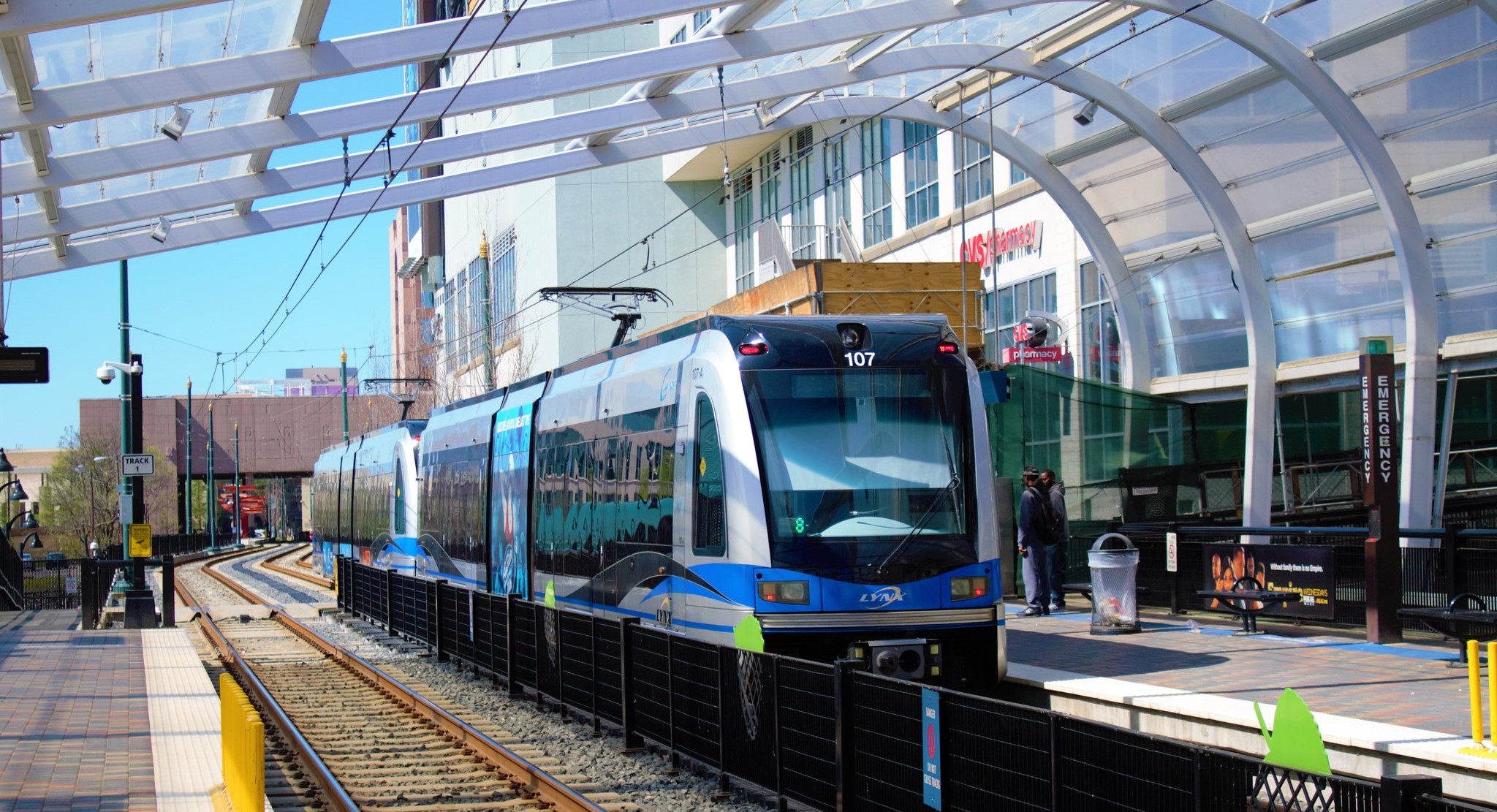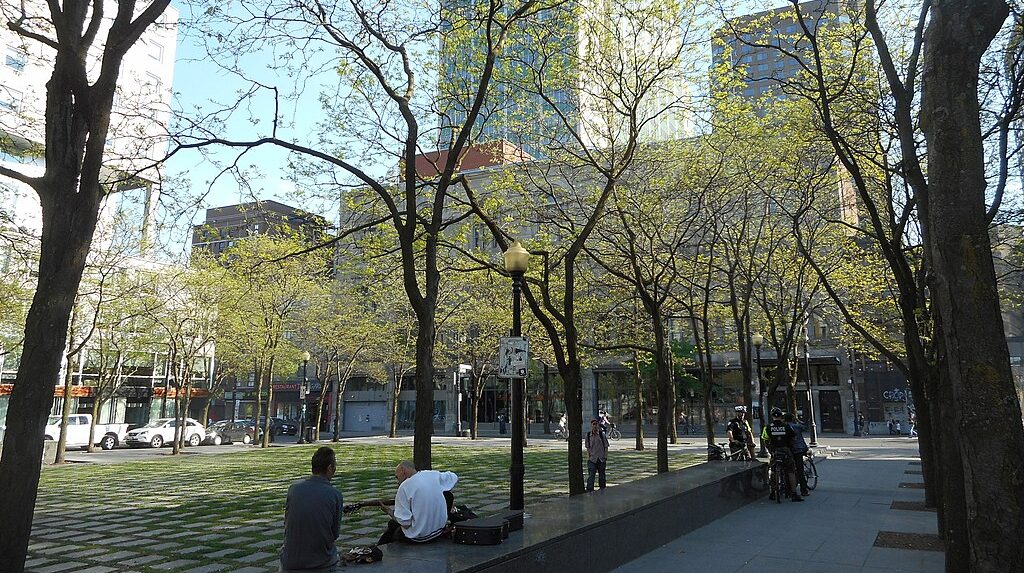The future of transportation in this country is currently under debate by a bunch of old folks in Washington. But what about those who will live in that future, people now in their 20s and younger?
How to influence their transportation choices is the topic of today's featured post on the Streetsblog Network. A student at the University of Montana who writes the Imagine No Cars blog, has this to say:
Photo by carfreedays via Flickr.
We…can't think of the "young" as being a monoculture. Here in Missoula, there are two high schools with two different cultures. One is set
in our urban core with almost no parking; most of the students walk,
bike, or take our public transit (since there is no room for school
buses to park and drop off kids). There must be between 100-200 bikes
parked at the high school every day. The other is more suburban, and has
a parking lot the size of several football fields with kids getting
there with either a vehicle, dropped off by parents, or on a school bus.
Local
culture is probably the most important factor. If there is no bicycle
culture present in a city, the work that must be done to get people on
board with bicycle transportation and for them to see the need to get out of the car is hugely increased.
All the blogs, books, and newspaper articles written about the new
trend, environmental, and health concerns will do little.… social interaction person to person is probably the most
powerful and effective way to spread such ideas.
He's right. Infrastructure and planning choices that emphasize safe passage for pedestrians and cyclists are a primary factor in opening the door for active transportation choices. If you design a school so that it makes sense to bike there, kids will do that. They will have fun doing it and tell their friends how much fun it is and then their friends will want to do it, too.
If you design a school so that they can only get there by car, that's what they'll do. That's what will be cool.
And the choices they make as adults will likely be heavily influenced by those experiences -- as will the impact they as individuals have on the global and local environment.
Those gray heads in Washington have a pretty heavy responsibility. The future doesn't really belong to them. And it's going to look a lot different from the past. It would be great if they could remember that.
More from the network: Crossroads wants transportation to be an issue in the 2010 Pennsylvania race for governor. Urban Velo is looking for your pictures showing how much you love biking in the city. And Muscle Powered writes about the mean streets of Nevada.





